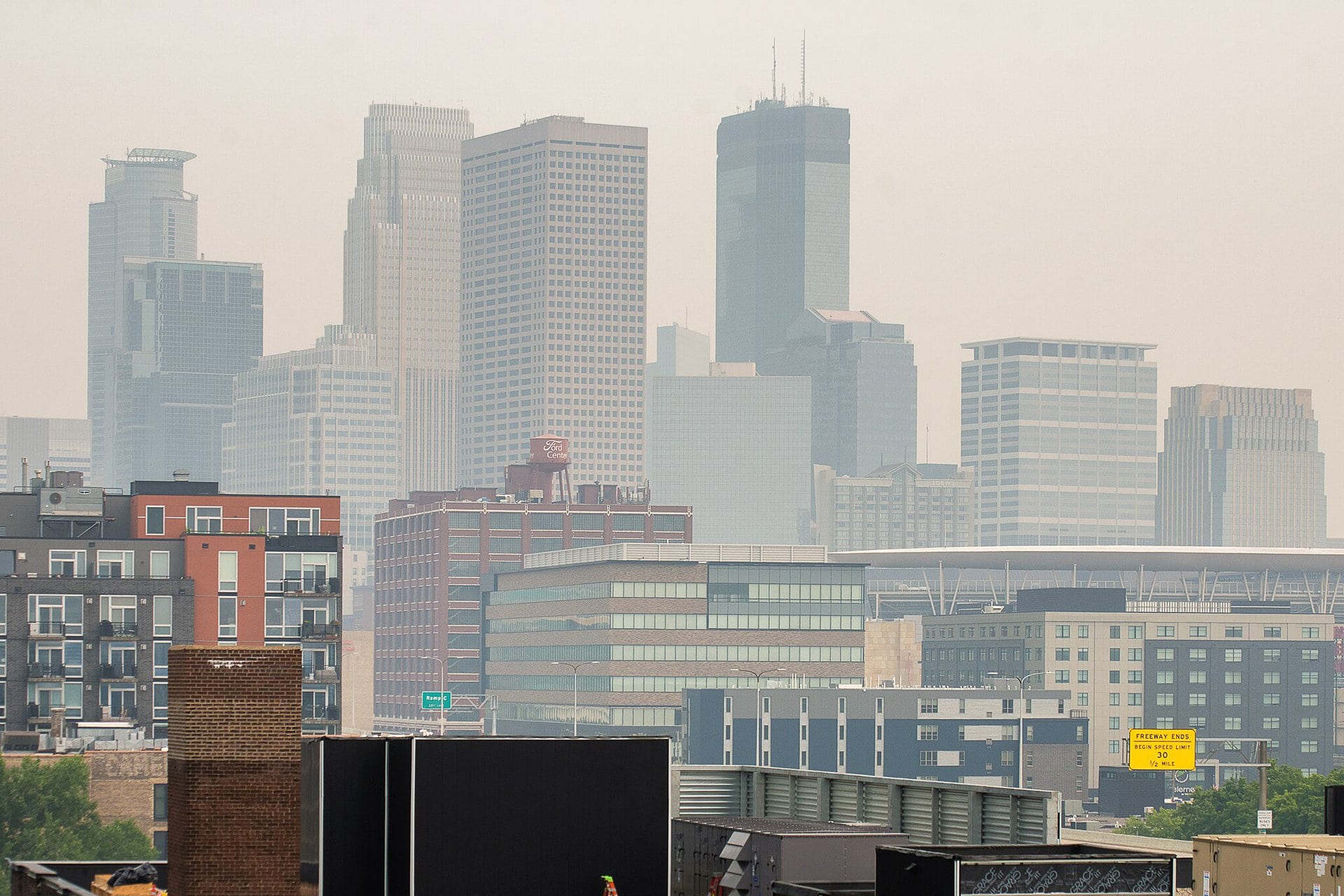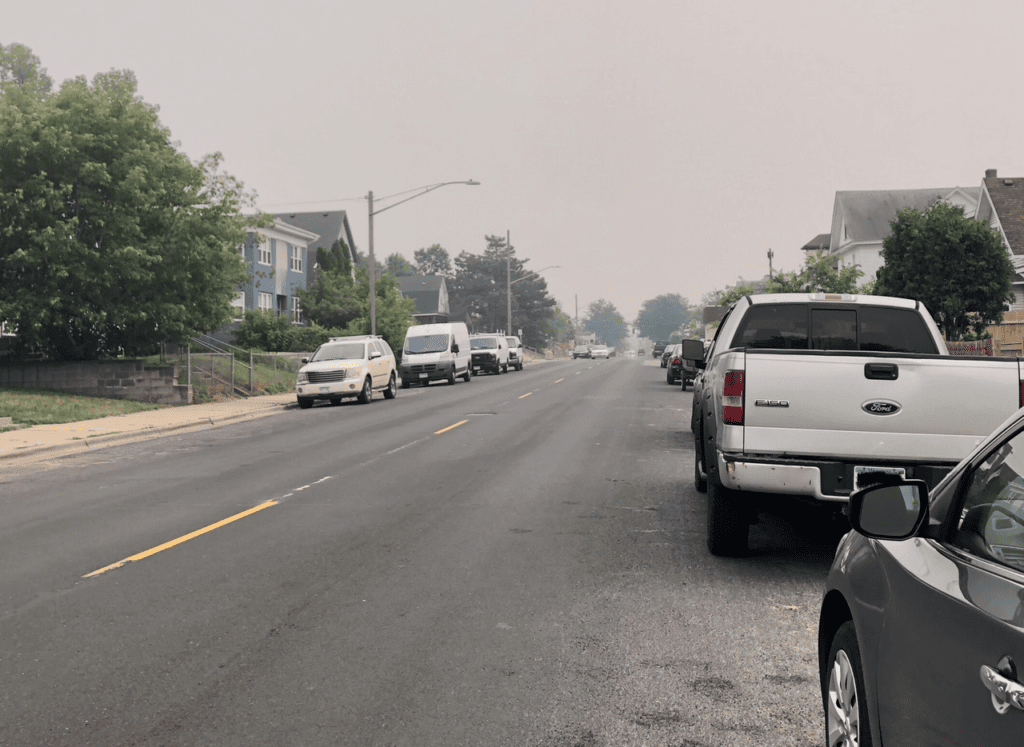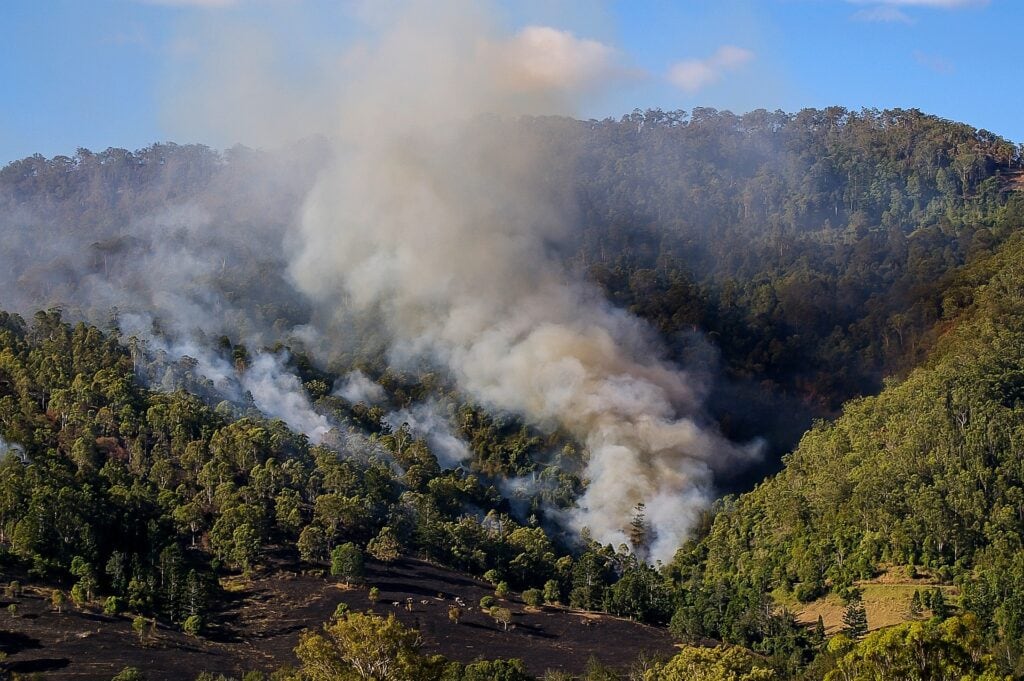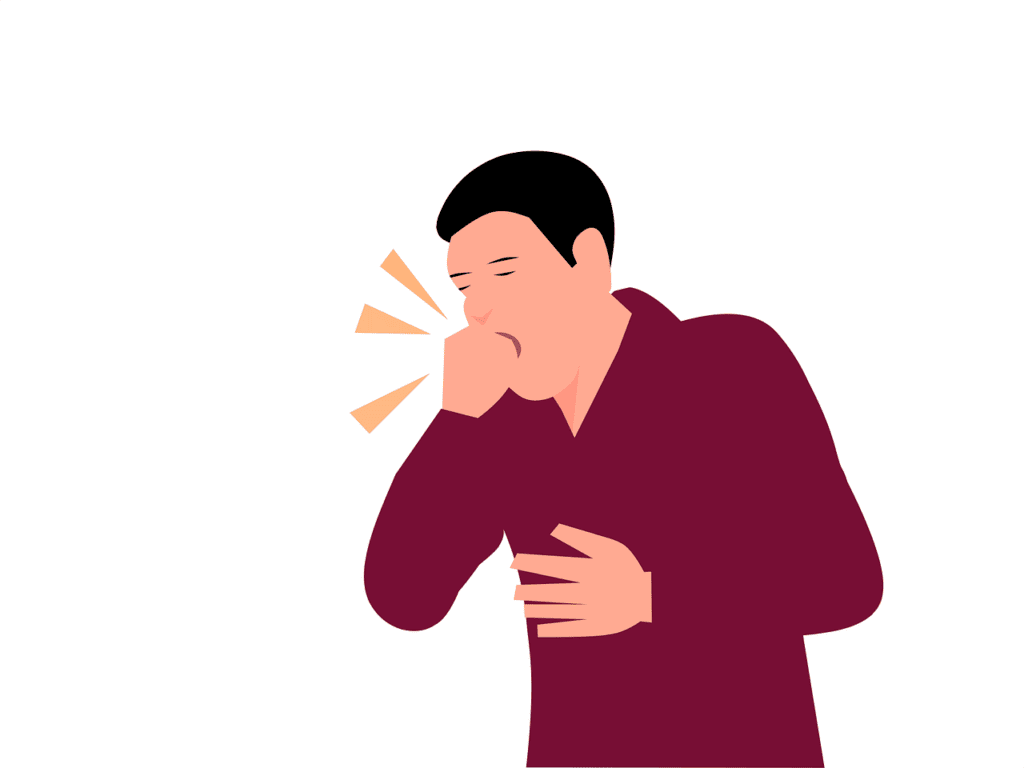
How To Reduce Pollution In Your Car From Wildfire Smoke
In 2025 we are all wondering what to do about the Canadian wildfires causing so much smoke in the upper United States. Staying indoors for an entire week or even month can seem impossible so we've compiled a list of things that you can do to keep yourself safe while driving during the Canadian wildfire season.
Wildfire smoke poses a significant threat to air quality, with its pollutants adversely affecting human health and the environment. To minimize smoke exposure to these pollutants while driving, it is crucial to adopt effective strategies.
Smoke particles released during wildfires consist of various toxic compounds that can harm respiratory systems and exacerbate existing health conditions. By understanding the composition of these particles, individuals can better protect themselves.
How Does Wildfire Smoke Affect Air Quality?
Smoke significantly deteriorates air quality. Smoke contains numerous toxic substances, such as carbon monoxide, volatile organic compounds (VOCs), nitrogen oxides, and particulate matter (PM). These pollutants have adverse effects on both indoor and outdoor air quality.
What Can I Do During A Wildfire To Reduce Smoke Exposure In My Vehicle?
When it comes to reducing pollution in cars from smoke, several measures can be taken.
- Firstly, keeping car windows closed while driving and using recirculation mode for ventilation can prevent smoke particles from entering the vehicle.
- Secondly, installing high-efficiency cabin air filters, also known as HEPA filters, in vehicles can effectively remove PM and other harmful pollutants and make the air cleaner.
- Lastly, wearing masks that are specifically designed to filter out fine particles can provide additional protection against inhaling smoke when outdoors or operating a vehicle in affected areas.
Additionally, it is recommended to turn off the vehicle's fan or ventilation system as it can draw in outdoor air and increase exposure to smoke. By doing so, the circulation of potentially harmful particles within the vehicle can be significantly reduced.
It is important to note that these measures should be followed even if the smoke does not appear thick or strong, as even low levels of particulate matter can have adverse health effects.

Types Of Air Pollution
Air pollution can be categorized into different types based on the sources and composition of the pollutants. The types of air pollution include:
- Particulate Matter (PM): These are tiny particles suspended in the air, which can be classified as PM10 (particles with a diameter less than 10 micrometers) or PM2.5 (particles with a diameter less than 2.5 micrometers). Wildfire smoke contains high levels of PM2.5, which can penetrate deep into the lungs and cause respiratory issues.
- Volatile Organic Compounds (VOCs): These are organic chemicals that vaporize at room temperature and contribute to pollution. VOCs emitted during wildfires include benzene, formaldehyde, and acrolein, which are harmful to human health.
- Nitrogen Oxides (NOx): These gases are primarily produced by burning fossil fuels and contribute to smog formation. They can irritate the respiratory system and exacerbate existing respiratory conditions.
- Carbon Monoxide (CO): This colorless, odorless gas is produced by incomplete combustion of fossil fuels. It reduces the blood's ability to carry oxygen, leading to headaches, dizziness, and even death in high concentrations.
Understanding these types of pollution is essential for developing strategies to reduce exposure during wildfire events.
The Particles Found In Smoke From A Wildfire
The composition of particulate matter in fire smoke is a complex mixture of solid and liquid particles, varying in size and containing organic compounds, metals, carbonaceous material, and other toxic substances.
These particles can range in size from coarse to fine, with the smaller particles being more harmful to human health due to their ability to penetrate deep into the respiratory system.
Fire smoke also contains high levels of polycyclic aromatic hydrocarbons (PAHs), which are known carcinogens and heavily effect the air quality.
Additionally, heavy metals such as lead, cadmium, and mercury can be present in fire smoke particles.
The presence of these toxic substances poses significant health concerns when individuals are exposed to them for prolonged periods.

How Smoke From Wildfires Effects Your Body
Smoke particles from wildfires have been found to contain a complex mixture of organic compounds, metals, and other toxic substances that pose significant health risks when individuals are chronically exposed. These particles can penetrate deep into the respiratory system, leading to various adverse effects on the body.
Inhalation of this smoke can cause irritation of the eyes, nose, throat, and lungs. It may also exacerbate existing respiratory conditions such as asthma and chronic obstructive pulmonary disease (COPD).
Additionally, the fine particulate matter in fire smoke can trigger systemic inflammation and oxidative stress throughout the body. Prolonged exposure to these harmful particles has been linked to an increased risk of cardiovascular diseases, respiratory infections, and even premature death.
Therefore, it is crucial to minimize exposure to smoke from a wildfire by staying indoors with windows closed and using air purifiers or filtration systems to reduce the health impacts associated with this hazardous pollution source.

Listen To Your Physical Symptoms
It is important to listen to your body and recognize any changes or discomfort that may arise due to exposure to polluted air. If the air quality index is at a warning level, try to stay indoors. Symptoms can vary from person to person, but common indicators include coughing, wheezing, shortness of breath, chest tightness, and eye irritation.
These symptoms are primarily caused by the fine particulate matter (PM2.5) present in wildfire smoke. PM2.5 can penetrate deep into the respiratory system and cause inflammation, leading to respiratory problems and exacerbating existing conditions such as asthma or chronic obstructive pulmonary disease (COPD).
Bring A Portable Air Filter
A portable air filter can be a valuable tool in mitigating the potential health risks associated with exposure to fine particulate matter present in the air during wildfires. These devices are designed to remove harmful particles from the surrounding air, improving its quality and reducing indoor pollution levels.
Some key benefits of using a portable air filter include:
- Efficient filtration: Portable air filters utilize high-quality filters that are specifically designed to capture fine particulate matter, such as smoke particles, effectively.
- Increased airflow: These devices also help improve ventilation by circulating clean air throughout the room or vehicle, ensuring a constant supply of fresh and filtered air.
- Portability: Portable air filters are lightweight and easy to transport, making them suitable for use in various settings, including cars.
By incorporating a portable air filter into your car during wildfire events, you can significantly reduce your exposure to harmful pollutants and safeguard your respiratory health and make your air cleaner. Air quality is important to your health!
If you are staying indoors, your can even get a box fan filter for your house
Wear A Protective Mask
The smoke from a wildfire contains numerous harmful substances, including fine particulate matter (PM2.5), carbon monoxide, volatile organic compounds (VOCs), and hazardous air pollutants (HAPs). These particles are small enough to be inhaled deep into the lungs, leading to various health issues such as respiratory problems, cardiovascular diseases, and even premature death.
Protective masks act as a physical barrier that filters out the majority of these harmful particles from entering the respiratory system. N95 or higher-rated masks are recommended for maximum protection against PM2.5 particles.
Try To Stay Inside And Reduce Trips
In situations where wildfires are prevalent, it is advisable to remain indoors and limit unnecessary trips. When there is an air quality alert it is better to have a clean air room than a clean air car.
This approach aims to mitigate the intake of polluted air while providing a safer environment for individuals. By staying inside, occupants can reduce their exposure to harmful pollutants emitted by smoke that circulates in the outdoor atmosphere.
Additionally, minimizing car trips also leads to a decline in vehicular emissions which contribute significantly to air pollution levels. Understanding the importance of reducing exposure and implementing measures such as staying indoors and reducing unnecessary travel can help individuals protect themselves from the detrimental effects of wildfire smoke pollution on both personal health and environmental well-being.

Frequently Asked Questions
Can I reduce pollution in my car from smoke by opening the windows?
Opening the windows in a car during a wildfire does not reduce pollution levels. Particulate matter and harmful gases from the smoke can still enter the vehicle, posing health risks to occupants.
Is it safe to drive during a wildfire and reduce exposure in my vehicle?
Driving during a wildfire is not advisable due to the potential hazards associated with reduced visibility, road closures, and rapidly changing fire conditions. It is important to prioritize safety and follow evacuation orders for personal well-being.
What are some common physical symptoms that indicate exposure to smoke from a fire?
Common physical symptoms indicating exposure to fire smoke include coughing, wheezing, shortness of breath, chest tightness, sore throat, irritated eyes, and nasal congestion. These symptoms may worsen in individuals with pre-existing respiratory conditions or heart diseases.
Can using the car's air conditioning system help reduce pollution?
Using the car's air conditioning system alone may not effectively reduce pollution from wildfire smoke inside the vehicle. This is because smoke particles are very small and can easily enter the car through ventilation systems. Even if you are running your air conditioner, you'll still need a hepa filter to get rid of the pollutants with efficiency.
Respect The Air Quality Index
According the the Environmental Protection Agency, there is still a significant risk of Canadian wildfires polluting our air for the foreseeable future. Reducing pollution exposure in vehicles during wildfires is crucial for maintaining air quality. Understanding the impact of fire smoke on air quality is essential, as it consists of harmful particles that can pose health risks.
To minimize exposure, individuals should consider using portable air filters and wearing protective masks. Keep those vehicle windows closed even if the smoke clears. Additionally, limiting outdoor activities and reducing car trips can significantly decrease pollution intake.
Even staying indoors and running the air conditioner will not protect you completely from all the harmful smoke from wildfires.
By implementing these measures, we can safeguard our health and contribute to a cleaner environment.







